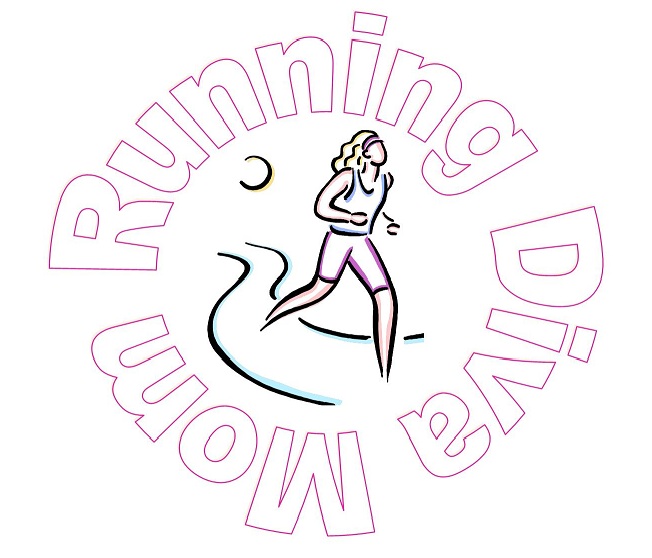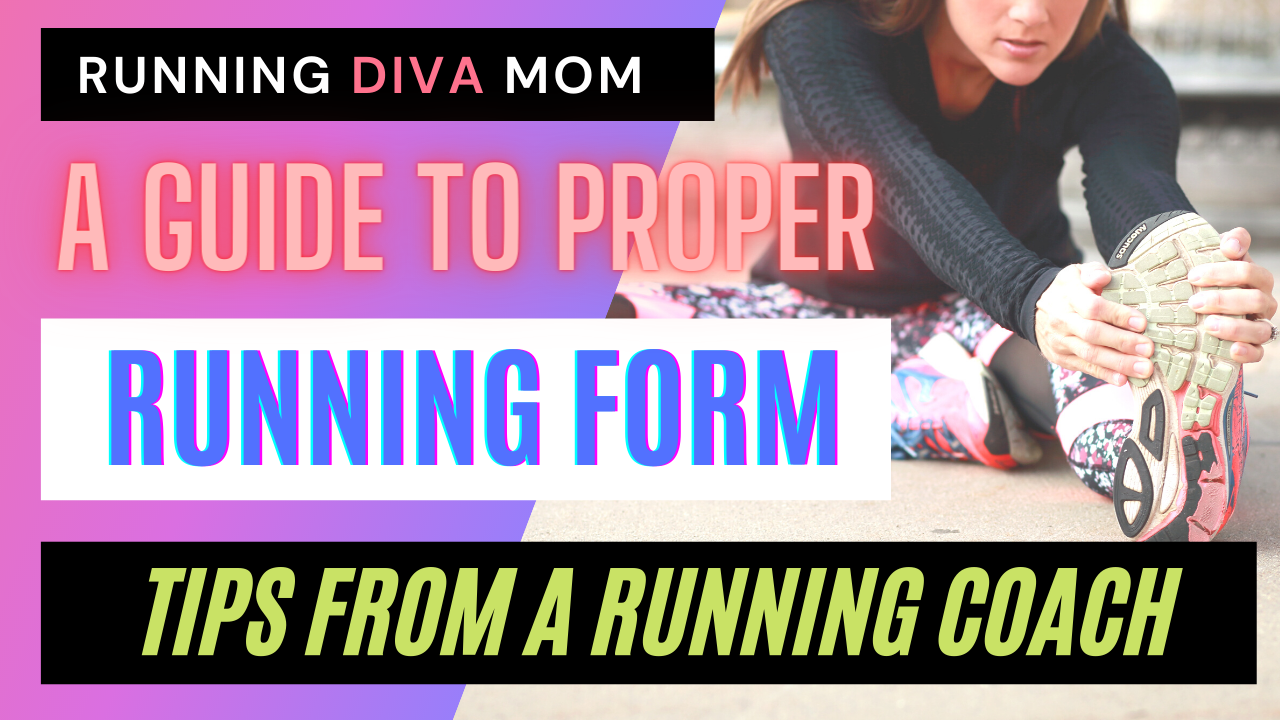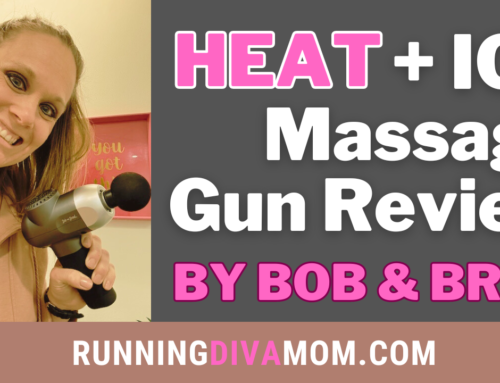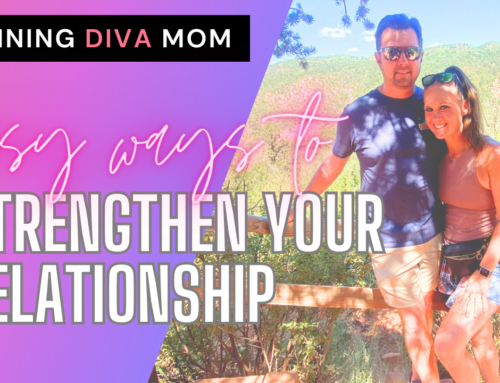If you are just starting out on your running journey or are getting back into running after an injury, having proper form is going to be the number one factor in making you successful. Proper running form will help prevent future injuries from occurring, will reduce some post-workout soreness and with a little work on the front end, your runs will feel efficient in no time.
I have coached thousands of women throughout their running journey. I have worked with a lot of new runners in my beginner running programs and have helped them maintain consistency or helped them push themselves even further. Having proper form and cues to focus on will also make your runs more enjoyable as you chase that runner's high and your goals.
Here are some of the tips, cues and mantras that I have collected and shared, since I led my very first running group, back in 2011.
Footstrike. Many runners will accidentally strike with their heel instead of their mid-foot. They can actually see the wear on the bottom of the heel of their shoe. Instead, one should land on the middle of the foot and roll to their toes - with most of their power coming from that big toe. When runners strike with their heel first, they are more prone to knee pain, because their leg slows the movement down and puts more strain on the knee.
Mantra: "Land on the middle of the foot and role to the toe."
Lift the knees slightly. Knees should be bent very slightly, as you lift and lower your foot from the ground. You don't want the leg to land directly underneath you with a straight leg. But, you also don't want to bend the knee too much, as you will be using too much energy from the hips. Knees should be directly over your foot, as you land, keeping our shin perpendicular to the ground or treadmill.
Mantra: "Lift with a soft bend in the knees."
Flick and lift the heel. One may experience tight shins, calves and have limited mobility in their ankles after running many miles. This may also cause the foot to stay underneath the body. This especially happens when we get tired during our runs. Instead of giving into the tightness, focus flicking the heel up from the ground and lifting towards your bottom. This will increase the range of motion of your ankle, putting less strain on the lower leg.
Mantra: "Flick the heel towards your bottom."
Don't hunch. Many runners will hold energy and tension in their shoulders. Shoulders may lift towards the ears or the upper back may round up and forward. This can be noticed in many finish line photos. This also puts unnecessary stress on your respiratory system and will cause you to tire more quickly or you may observe those dreaded side stitches. Instead, elongate the neck. Pretend you are puppet being held tall by a string overhead. Then lower the shoulders (making your neck even longer) and draw them back, with a neutral spine.
Mantra: "Drop the shoulders down and back."
Bend forward slightly. The torso should be straight and tall, with a long neck. You should feel like you're almost leaning back, assuming proper posture. Once you've ensured that you're nice and tall, then lean forward from the waist at about ten degrees. Lead with the chest. This will propel your motion forward.
Mantra: "Lean back, then forward."
Eyes focused ahead. Look directly ahead, with your glance about ten to twenty feet in front of your feet. Tilt the chin no higher than five degrees, or you may experience neck pain.
Mantra: "Chin up, eyes up."
Arms at 90 degrees. Arms should bend at a ninety degree angle, with the hands relaxed. Elbows should come straight back and forward, gliding across the waist. If elbows come wide and arms swing side-to-side, we tend to waist energy and swing our torso side to side. Which also shifts your center of gravity laterally. Instead, focus on the hand coming from front to back -- waist to chin. If you drive your elbows straight back, they will naturally propel forward again.
Mantra: "Feel your elbows glide back and forth, across your waist."
Hands relaxed. Hands should be open and relaxed. You may run with a loose fist or an open palm. I often tell clients to run with an imaginary egg or potato chip in their hands. This one works super well with young clients.
Mantra: "What's your favorite kind of potato chip? Pretend that you have a __ in each hand and you don't want to have crumbs at the end of your run."
Stride cadence should be even and short. Stride length shouldn't be too shallow or too long. The cadence frequency (number of steps taken per minute) varies, but should typically range from 150-180 BPM for the most efficient workout. Taking shorter steps in your workouts, like speedwork, makes your runs more efficient and lessens your chance for injury. Listen to a metronome app or a song with an even beat of the recommended cadence for the most efficient workout. Once you get your feet in a good rhythm, your breathing will follow.
Mantra: "Take short, even steps. Listen to your footwork and get your breathing in a rhythm with your feet."
Running Form Handout (PDF)






